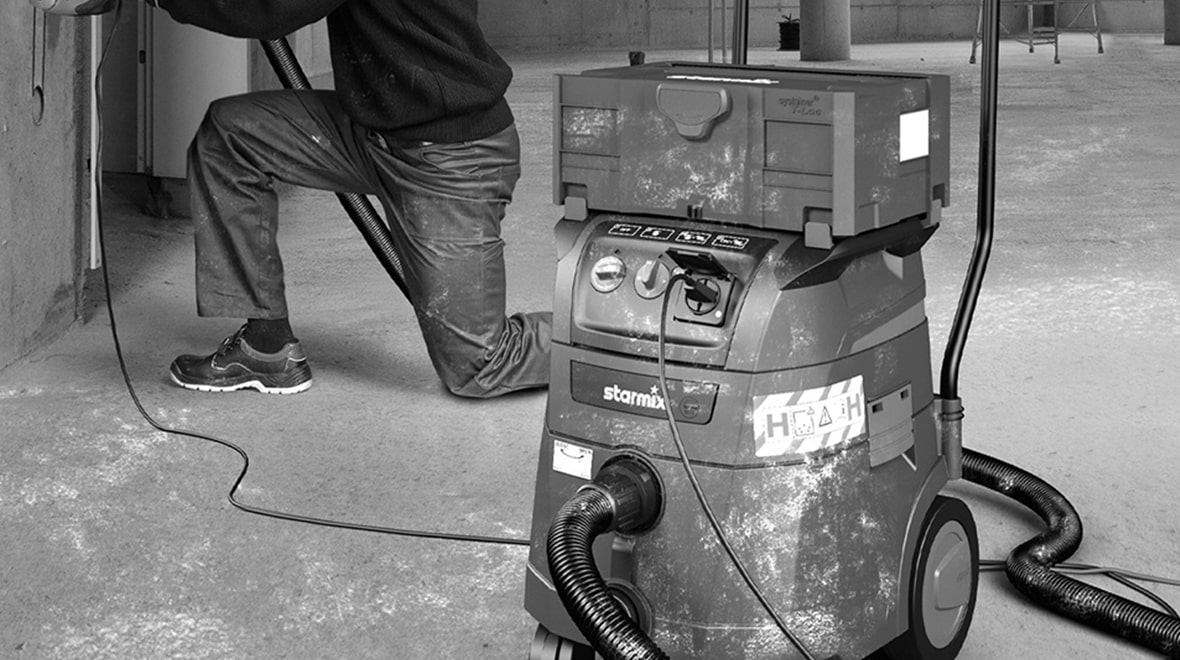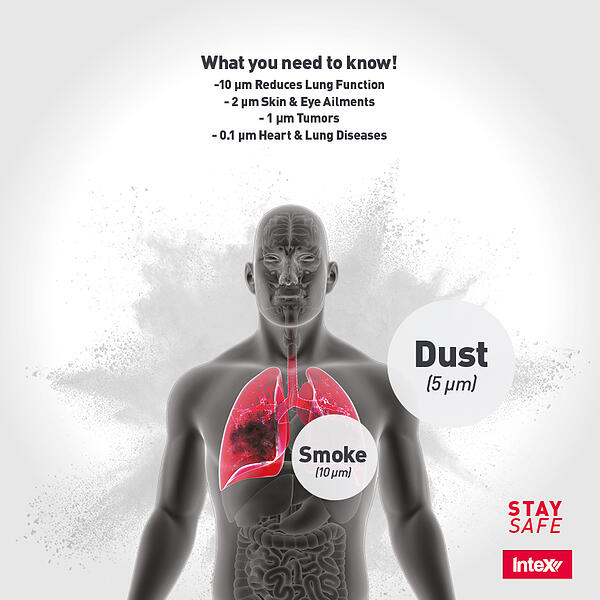We use cookies to make your experience better. Learn more.
Dust Classes: What's the difference between L, M & H-CLASS?
Dust Classes: What's the difference between L, M & H-CLASS?


With the current world climate focusing on wearing masks and everyone being concerned about certain particles floating in the air. The construction industry is still moving forward at a full pace. With that, power tools and drywall sander are still used daily, and dust is collecting on the ground or window sills. Should dust be piling up, though? No, dust, especially around the construction space, isn’t just dust.
There are three different classes of dust. Each one requires a specific requirement to be safely removed from the workplace but, more importantly, from our lungs.


Low Risk (L-Class)
Low-risk dust includes simple house dust and materials such as soils. This type of dust presents a moderate risk to any operator as the exposure limit for L-Class dust is >1mg/㎥. This dust class requires a dust extractor that catches 99% of the dust with a grain size under two microns.
Medium Risk (M-Class)
Medium risk dust includes wood dust, dust from repair compounds, filler and clear coats, cement, concrete and tile cement dust, quartziferous materials such as sand and pebbles. This type of dust presents a medium risk to any operator as the exposure limit for M-Class is > 0.1mg/㎥. This dust class requires a dust extractor that catches 99.9% of the dust with a grain size under two microns.
High Risk (H-Class)
High-risk dust includes any dust containing carcinogenic or pathogenic particles, as well as any mould spores, asbestos, mineral fibres, bitumen, and artificial mineral fibres such as glass wool. This type of dust presents a high risk to any operator as the exposure limit for H-Class dust is >0.1mg/㎥. This dust class requires a dust extractor that catches 99.995% of the dust with a grain size under one micron.


Although all classes pose a risk to human health, one of the more common and dangerous types of dust to watch out for is Silica dust. This dust only requires a small amount to be airborne to create a health hazard, and the particles are not visible to the human eye. If inhaled, Silica dust can cause serious damage to the lungs, kidneys, and airways.
The best way to bring death to dust so that you don’t let your lungs become the filter is to purchase an extractor. The Starmix® Dust Extractor is H-Class compliant, with 35L capacity, this super industrial-grade wet dry extractor is designed for the most demanding of requirements. Along with its self-cleaning filters will ensure that you can remain working in a safe environment for not only yourself but others.
Download the Starmix® Dust Classes Information booklet here.
As more infrastructure is being built, we need to ensure that all measures are in place to allow everyone to be able to return home safely. Being able to remove any damaging materials effectively is one of the best ways to ensure that this happens.
For any more information on what else can be done to keep everyone safe, or for more products, get in contact with the team at Intex.





